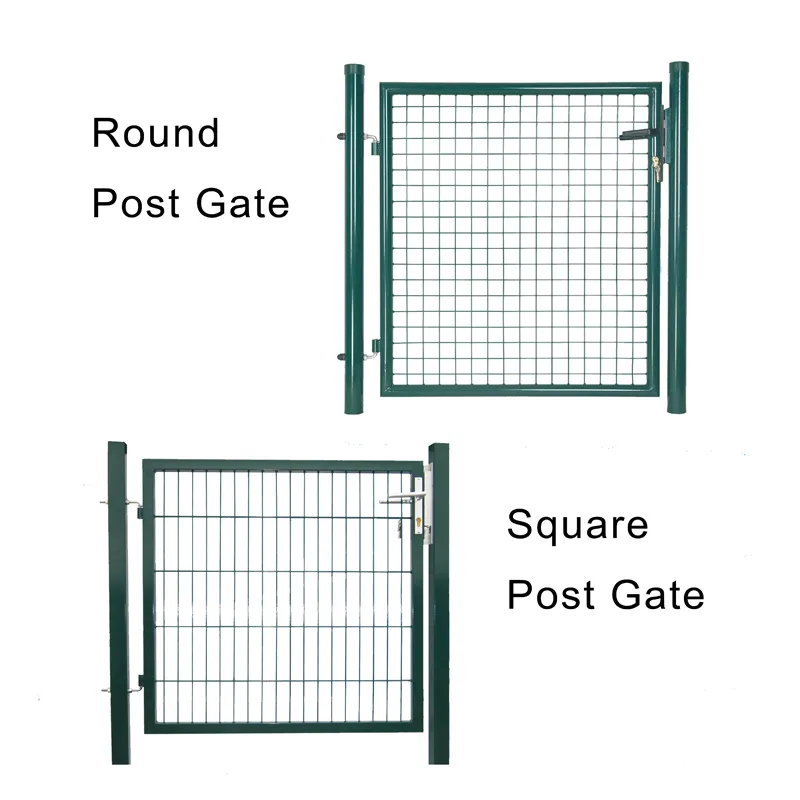Understanding the Dog Zapper Fence A Guide for Pet Owners
As a pet owner, ensuring the safety and well-being of your canine companion is of utmost importance. One increasingly popular solution for keeping dogs within a designated area is the dog zapper fence, also known as an electronic or invisible fence. This article explores what a dog zapper fence is, how it works, its pros and cons, and best practices for implementation.
What is a Dog Zapper Fence?
A dog zapper fence is a type of containment system designed to keep dogs within a certain boundary without physical barriers. Instead of traditional fences made of wood or metal, a zapper fence employs an underground wire that emits a signal. When a dog approaches this boundary, the zapper collar worn by the dog delivers a warning sound, followed by a mild electric shock if the dog continues to advance. This training method teaches dogs to respect their limits and stay within the confines of your property.
How Does It Work?
The system typically consists of three components the boundary wire, the transmitter, and the dog's collar. The boundary wire is buried around the perimeter of your yard, creating an invisible fence. The transmitter, placed indoors, sends a radio signal through the boundary wire. The special collar worn by the dog picks up this signal. During training, dogs learn to associate the sound and sensation with the invisible boundary, encouraging them to stay within the safe area.
Pros of Dog Zapper Fences
1. Cost-Effective Compared to traditional fencing, a dog zapper fence is often more affordable, especially for larger properties. 2. Aesthetic Appeal Invisible fences maintain the aesthetic integrity of your yard, avoiding the obstruction of a physical fence.
3. Flexibility Zapper fences can be configured for various shapes and sizes depending on the layout of your yard.
4. Training Tool These systems can be useful for training dogs not just to stay within boundaries but also to understand commands associated with the fence.
Cons of Dog Zapper Fences
dog zapper fence

1. Training Requirement Initial training is critical for the zapper fence system to work effectively. It can take time and consistency to teach a dog to respect the boundaries.
2. Potential for Misuse Some pet owners may misuse the system, administering punishment without proper training, leading to anxiety or fear in dogs.
3. No Physical Barrier While the zapper acts as a deterrent, it may not prevent encounters with other animals or unauthorized individuals entering the property.
4. Sensitivity Issues Not all dogs respond the same way to the electric stimulation; some may require a more gentle approach, particularly sensitive breeds.
Best Practices for Implementation
To maximize the effectiveness of a dog zapper fence, consider the following best practices
- Professional Installation Hiring a professional for installation can ensure that the boundaries are set correctly and that the system functions effectively. - Thorough Training Spend sufficient time training your dog with the zapper system. Start with short sessions, gradually increasing the time as your dog becomes accustomed to the boundaries.
- Supervision Keep an eye on your pet during the initial transition phase. This helps reinforce training and ensures that they are learning to stay within the boundary.
- Regular Testing and Maintenance Regularly check the system for any malfunctions or wear and tear. Ensure the collar battery is functioning and that the boundary wire is intact.
In conclusion, a dog zapper fence can be an effective solution for pet owners looking to maintain a safe environment for their dogs. While there are pros and cons to consider, responsible use and training can lead to successful outcomes, giving both pet owners and their furry friends peace of mind.
















